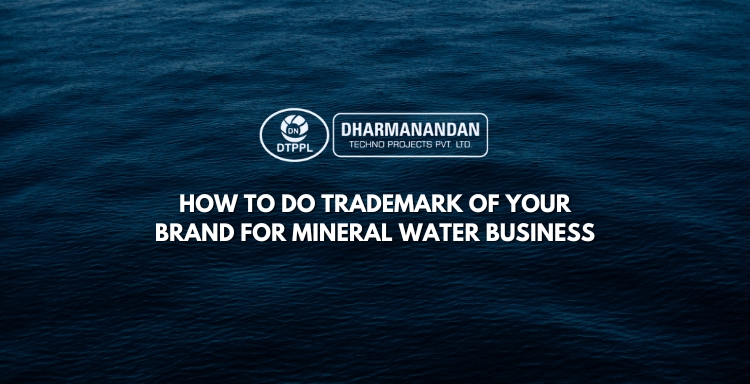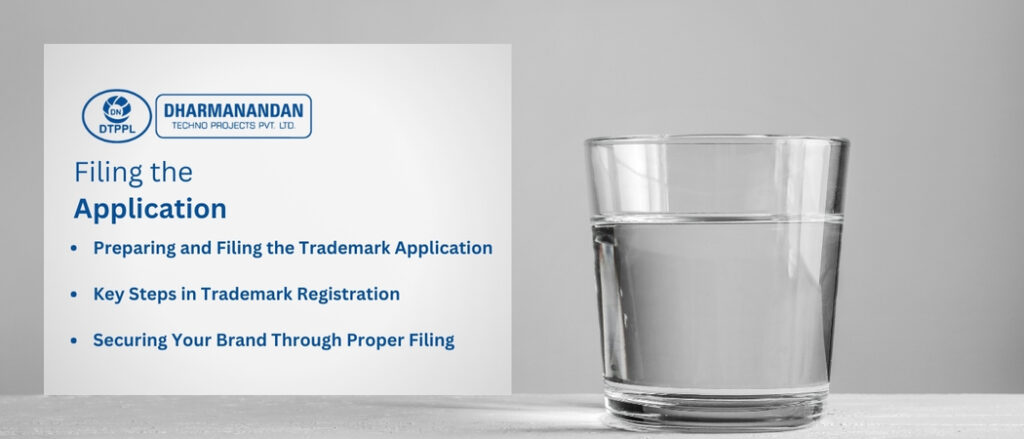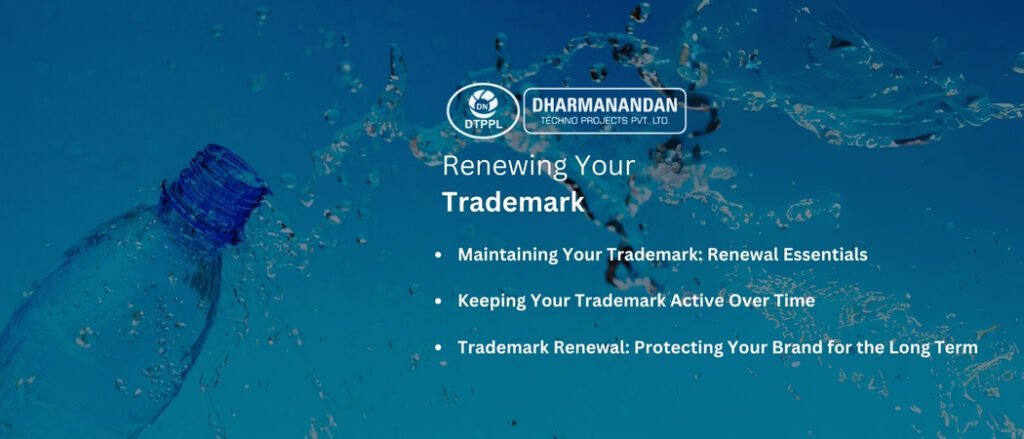
Table of Contents
How to Do Trademark of Your Brand for Mineral Water Business
December 12, 2024
Imagine this: you’ve worked tirelessly to establish your mineral water business. From setting up your mineral water plant to crafting the perfect packaging, every detail reflects your vision. The product hits the shelves, and customers begin recognizing your brand. But then, the unthinkable happens—a competitor uses a similar name or logo, confusing your customers and threatening everything you’ve built. This fear is real for many entrepreneurs, and the solution lies in a simple yet powerful step: trademarking your brand.
Trademarking isn’t just a legal formality; it’s an emotional shield for your hard work, ensuring that your identity in the market is secure. Let’s explore how you can trademark your brand and safeguard the future of your mineral water business.
1. Why a Trademark is Essential
For businesses in the competitive bottled water industry, branding is everything. Whether you’re running a mineral water plant near me or distributing across the country, your brand name, logo, and tagline are the first things customers notice. A trademark protects these assets, giving you exclusive rights to their use and preventing others from copying them.
Without a trademark, your brand is vulnerable to misuse, leading to potential financial losses and a tarnished reputation. Securing your trademark early ensures peace of mind and solidifies your brand’s identity in a crowded market.
2. The First Step: Conducting a Trademark Search
Before filing for a trademark, you need to ensure that your chosen name or logo is unique. Start by conducting a thorough trademark search to check for existing registrations that may conflict with your brand. For a business owner of a mineral water plant, this step is crucial because it avoids legal disputes down the road.
A trademark search can be done online through government trademark databases or with the help of legal professionals. Finding out early if your brand is already in use can save you time, money, and unnecessary stress.
3. Preparing the Required Documents
Trademark registration requires detailed documentation. Gather all relevant information about your business, including your logo, brand name, and the class of goods or services you want to protect. For example, if you’re producing water bottles at a mineral water manufacturing facility, specify the product category to ensure accurate filing.
Ensure that your brand materials are distinct and professionally designed. A clear and unique representation of your logo or tagline strengthens your application and increases the likelihood of approval.
Click Here to Watch Mineral Water Plant Business Ideas4. Filing the Application
Once your documents are ready, it’s time to file your trademark application. Depending on your country, this process may be done online or through physical submission. For a business operating a mineral water plant in the UK or elsewhere, filing with the appropriate trademark office is critical.
The application process involves filling out detailed forms, providing your business details, and paying the required fee. While the cost may seem high initially, it’s a valuable investment in protecting your brand’s future.

5. The Waiting Game: Examination and Approval
After filing your trademark application, the next step is waiting for examination by the trademark office. This process can take several months, during which officials review your application to ensure compliance with legal standards. For a growing mineral water plant business, this waiting period can be nerve-wracking but necessary.
If your application is approved, it will be published in a public journal to allow objections. If no objections are raised within the stipulated time, your trademark will be registered, granting you exclusive rights to your brand.
6. Using Your Trademark Effectively
Once your trademark is registered, use it across all your business materials. Whether it’s on your bottles, website, or marketing campaigns, display the trademark symbol (™ or ®) to indicate your ownership. For businesses investing in a high-end mineral water processing plant, this also reassures customers of your commitment to professionalism and quality.
Using your trademark consistently strengthens your brand recognition and reinforces its protection under the law.
7. Renewing Your Trademark
A trademark isn’t a one-time task; it requires maintenance. Most trademarks need to be renewed every 10 years to remain active. For owners of mineral water machines, this ensures that your brand remains protected as your business grows and evolves.
Mark your renewal dates and keep track of any changes in trademark laws to avoid losing your rights.

8. Overcoming Challenges in Trademarking
The trademarking process can be overwhelming, especially for first-time applicants. From navigating legal jargon to managing the costs, the journey is often stressful. However, the emotional reward of securing your brand identity makes every step worth it. Knowing that no one else can misuse your hard-earned reputation provides a sense of achievement and peace.
For those feeling unsure, hiring a professional consultant or attorney can ease the burden. These experts guide you through the process, ensuring that your application is accurate and complete.

Conclusion
Trademarking your brand is more than a legal step—it’s a commitment to your business’s legacy. In the competitive world of the mineral water business, where branding sets you apart, protecting your identity is crucial. By securing your trademark, you’re not just safeguarding your name or logo; you’re ensuring that your hard work and vision remain yours alone.
If you’re ready to take your mineral water business to the next level, start by building a strong foundation with reliable equipment and technology. DTPPL, a trusted manufacturer and supplier of mineral water plants, provides tailored solutions to support your journey. From cutting-edge machinery to expert guidance, DTPPL helps you turn your vision into reality. Contact DTPPL today to protect your brand and build a future that’s truly yours.

Director – Global Marketing and Sales
Mr. Bhavesh from Dharmanandan Techno Projects Pvt. Ltd. has played a pivotal role in elevating the DTPPL brand to the global stage, leveraging his exceptional expertise in marketing and communications. He is committed to helping clients achieve significant growth while strengthening their own brands. Dharmanandan Techno Projects Pvt. Ltd. is a leading manufacturer and supplier of water purification systems and turnkey solutions for mineral water plants. With years of experience in designing and delivering high-quality water treatment solutions, the company provides end-to-end services, including system design, installation, maintenance, and ongoing support. Specializing in scalable and customizable water plants, DTPPL has successfully served industries worldwide, ensuring clean and safe drinking water across diverse applications.
